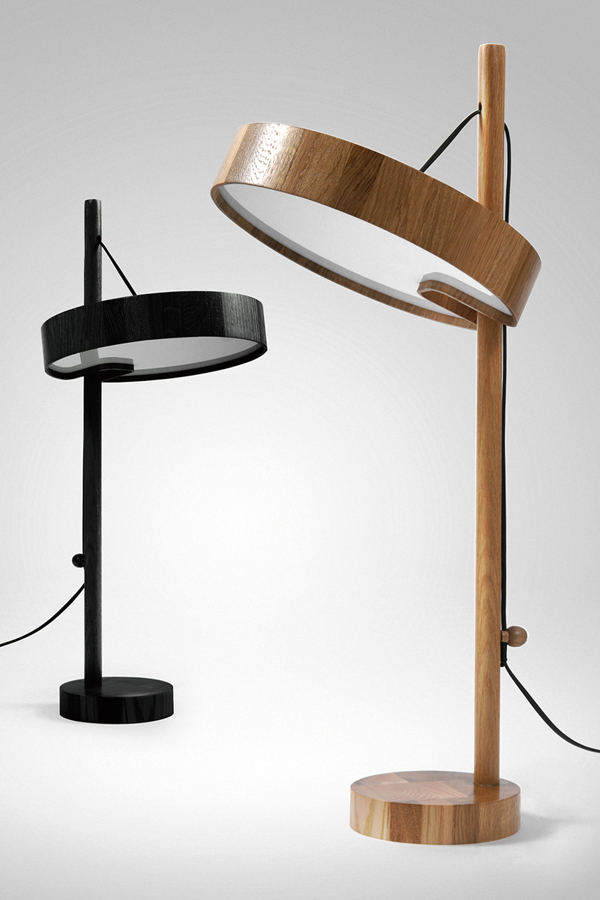Perspectives on Decorative Art
 Tuesday, November 20, 2012 at 11:22AM
Tuesday, November 20, 2012 at 11:22AM 

Journal 3"Significance of Applied Art" (1907)1. Hermann Muthesius was speaking at a time when things were just beginning to change from the over-the-top Victorian decor to I was really fascinated by Muthesius' opinion on imitation materials. It is a concept I had never really thought about before, but I certainly noticed a connotation between poor quality and imitation. I think nowadays there has been a shift from furnishings imitating materials to clothing imitating materials. The number of imitation leather, faux designer purses, and cheap metal products is staggering. But it gives people the ability to dress like the rich and famous without spending the same amount of money (and I am just as guilty as the next person). However, clothing that is made with cheaper, fake materials tends to be a lot less sturdy and long lasting as something made of leather or silver. I think it has led us to think of clothing as disposable, rather than an investment.
"Manifesto of the Staatliche Bauhaus in Weimar" (1919)2. What seemed to me to be Grophius' most emphasized point is that art and craft should not be separated. He believes that craftspeople should create works that have just as much time, effort, and creativity put into them as an oil painting or a marble sculpture. I really enjoy this idea because I see product design, furniture design, etc to be an outlet for creative expression. When everyday objects are crafted and designed beautifully, it makes one's entire living environment more pleasant and beautiful. It brings the art into our lives.
This lamp by designer Shpelyk Roman is an example of an artistic and functional object. It is designed to imitate a sailboat; the cord and wooden stand suggest a mast and the angle of the lamp can be adjusted by loosening or tightening the slack in the cord.
"Type-Needs Type-Furniture" (1925)3. When Le Corbusier says "To search for the human scales, for human function, is to define human needs," he means that the intellectual effort given by the designer to find create a perfectly useful object is, in essence, an effort to find what people need in the object. He explains that tools we have invented and created (such as the desk, pen, etc) are in fact "artificial limbs"(85) and extensions of ourselves. These objects make our lives easier; they take away some the pains or dullness of labor. Therefore decorative art also falls under the category of a "human-limb object" because a decorative work makes our lives more pleasant, more comfortable. It improves our lives just like purely functional tools. However, he believes that some objects and things are more important than others. The beauty of the Sistine Chapel is more important than the beauty and functionality of a desk chair, but just like "the cut of a man's jacket is of secondary importance in his life." Finally, he argues that human comfort can be derived from something as simple as a pen making it possible for a person to write, to a room designed with regulating line and painted a pleasing color.
Frank, Isabelle (editor) (2000). The Theory of Decorative Art: An Anthology of European and American Writings 1750-1940 New York: Yale University Press
 Kate S |
Kate S |  Post a Comment |
Post a Comment |  Journal 3
Journal 3 
Reader Comments